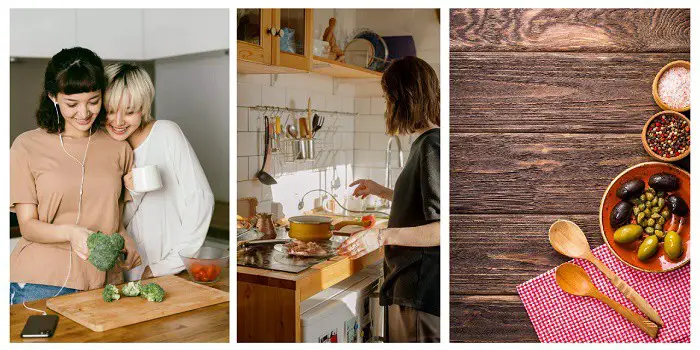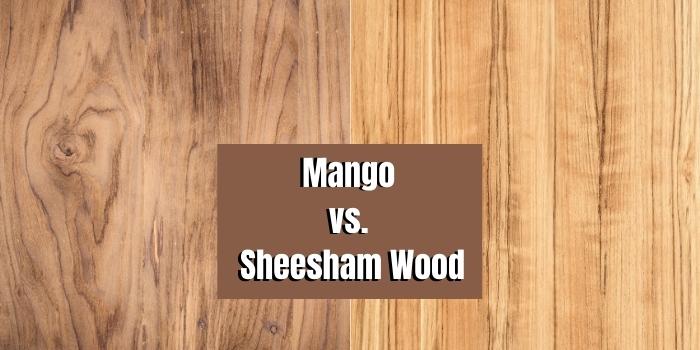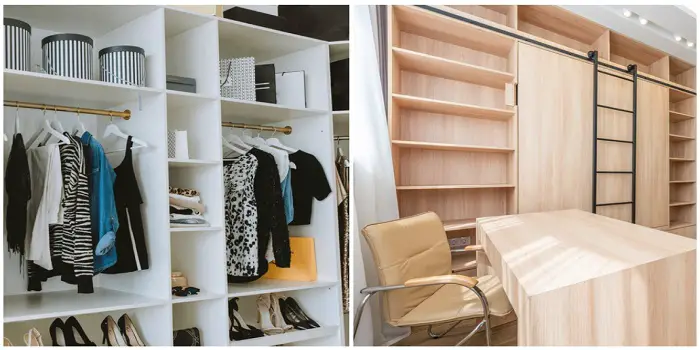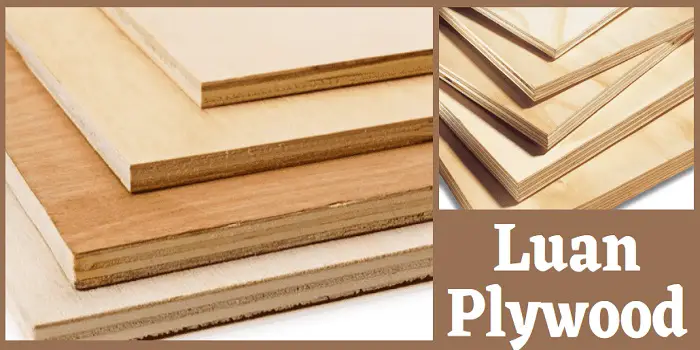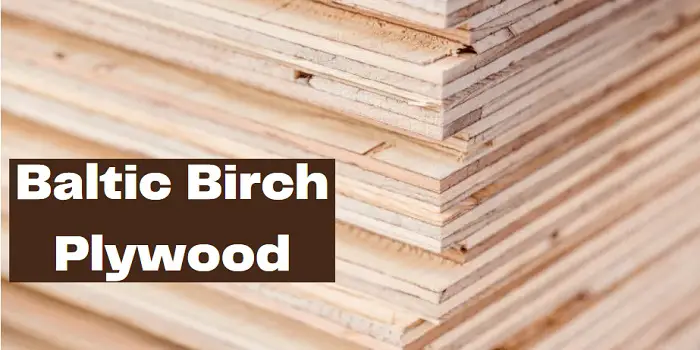
Baltic birch is considered to be hardwood because it’s entirely made of birch plies and layers (that are hardwood and not softwood).
The unique property is, unlike other plywood varieties, it does not contain any softwood or filler plies in the middle.
Also, the thickness of the plies used is very small, due to which the number of plies per unit length used is higher, which adds to the natural strength and durability of plywood.
The Baltic Birch grading system is established by the Russian intergovernmental standard GOST 3916.1-96. The grades usually appear in the form of two outer faces of the plywood (in the format of front/back).
For instance, baltic birch with a “B/BB” grade means it has a “B” grade front ply and a “BB” grade back ply.
Baltic Birch Characteristics
| Type: | Hardwood |
| Janka hardness: | 1260 lbf (5600 N) |
| Grades: | A, B, BB, CP, C |
| Trees: | Originate around the Baltic Sea and the northeastern section of Europe. |
Benefits and Uses of Baltic Birch Plywood
Baltic birch plywood isn’t your average plank—it’s the VIP of the wood world. Its strength and versatility make it a favorite in construction, remodeling, and woodworking projects that demand both brains and brawn.
If you need plywood that grips nails like a toddler clings to candy, Baltic birch is your buddy. It’s ideal for dovetail joints, custom cabinets, and stylish furniture that won’t wobble with a sneeze.
Its tough, dense core also makes it perfect for speaker boxes, trailers, and even skateboards—basically anything that needs to hold up under pressure without losing its cool.
Here are a few benefits of using Baltic birch plywood…
1. Clean Looks, Inside and Out – Baltic birch’s tidy, uniform edges save you sanding time—more making, less cleaning up! Plus, it takes stain and paint like a pro, making your projects look effortlessly polished.
2. Thick Veneers, Big Wins – Unlike the paper-thin veneers on regular plywood, Baltic birch has thicker layers front and back. That means more room to sand, shape, and smooth things out without hitting glue lines.
3. Joints That Actually Join – This plywood is basically the matchmaker of materials. Thanks to its sturdy core and consistent layers, it’s a dream for creating dadoes, dovetails, miters—you name it. Even glue behaves better on it.
Laser cutter in your toolbox? Baltic birch says, “Bring it on.” Its thick, void-free surface handles precision cuts like a champ.
4. Durability That Doesn’t Quit – Tough as nails (and holds them just as well), Baltic birch is warp-resistant and built to last. Sure, minor bending might happen, but even the ¼” sheets hold their ground better than most plywood alternatives.
5. Bonus Points – It’s moisture-resistant, which makes it a top pick for bathrooms, kitchens, and laundry spaces. Oh, and pyrography fans? This wood burns beautifully (on purpose, of course).
Overall, woodworkers love Baltic birch not just for its pretty face but for how ridiculously workable it is. From tiny toy boxes to hefty back panels, it does it all—and looks good doing it.
Originally used for cabinets, it’s now the go-to wood for almost everything. Its core is built from uniform, void-free 1mm layers glued tighter than a conspiracy theory forum. That means no weak spots, no surprises—just strong, consistent performance.
Plus, those striped edges? They’re not just functional—they’re fancy. Show them off in open-edge designs and let your plywood flaunt its layers.
How Much Does a Baltic Birch Plywood Cost?
Due to obvious reasons and the wide range of benefits it offers, Baltic birch plywood is not a cheap product to buy.
- A premium B/BB plywood sheet is among the highest quality and most expensive grades of Baltic birch, which can be twice as expensive as standard.
- A sheet of 3/4 baltic birch plywood can cost anywhere from $90 to $125 or even higher, depending on the size you choose, like 5′ x 10′, 5′ x 5′, or 4′ x 8′.
- When buying, keep in mind that the thicker the sheet, the more expensive it will be due to increased strength.
So, if your project doesn’t require a thicker sheet (like 18mm), you can lower your cost significantly by buying a thin sheet such as 4mm, 6mm, or 9mm.
Also, if you can purchase smaller sheet sizes, you can reduce the overall cost of your project. This is due to the fact that sizes like 5′ x 5′ are more popular (than 4′ x 8′ sheets) and are therefore widely produced in bulk, which reduces its per square foot cost.
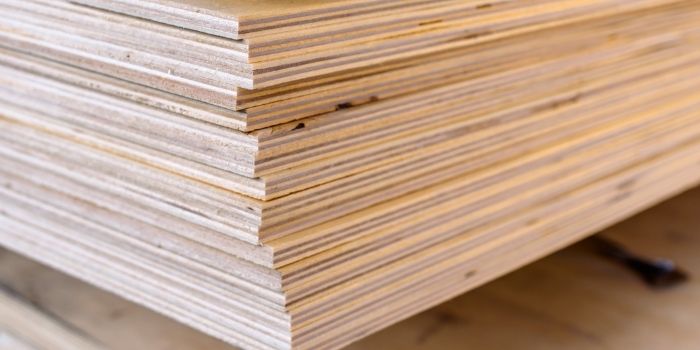
Difference between Baltic Birch and Normal Birch?
Well, there are quite a few differences between Baltic birch and normal/veneer birch plywood which can be told by appearance and by comparing their other physical properties.
The key difference is Baltic birch plywood has around double the number of birch plies as normal birch plywood. Also, in normal veneer birch plywood, the mid-section contains poplar or other hardwood types, which makes it less tough.
| Baltic Birch | Normal Birch |
|---|---|
| Extremely hard | Lower hardness |
| Higher in strength | Lesser strength |
| Less prone to voids | More prone to voids |
| Great for heavy-duty projects | Can be used for smaller cabinets |
| Approximate Cost (3/4″, 4′ x 8′ Sheet): $125+ | Approximate Cost (3/4″, 4′ x 8′ Sheet): $75 |
| 100% birch plies glued together with exterior grade glue | Birch only on the surface and back, not in the middle |
Is Baltic Birch Plywood Waterproof – Can it Be Used Outdoors?
Plywood is said to be waterproof and exterior grade when it resists moisture and humidity to a greater degree compared to other types.
This makes it the perfect choice for outdoor areas (like building benches) of the home that are prone to moisture, rainfall, and snow.
Despite using exterior grade glue between its layers or plies, Baltic Birch Plywood isn’t waterproof and should not be used outside as a standard.
This is also the case with birch plywood, even if exterior-grade glue has been used in gluing the plies.
If you use baltic birch plywood or a normal birch outside it should be properly sealed so that it does not absorb water which can lead to rot and delamination of the wood.
Plus, it is recommended that for projects in which the plywood can be seen that you use a coat of polyurethane or lacquer to get the best waterproofing results.
How to waterproof?
While marine plywood is probably the best option for the wettest applications, you can consider waterproofing the baltic birch plywood if it’s used under less extreme conditions.
To make birch plywood waterproof and suitable for outdoor applications, you can also consider finishing the wood by painting, staining, applying wood oils, or using epoxy sealing products.
Staining Baltic birch plywood with Minwax stain is probably the best option. You can then finish it with a protective coat of clear varnish if you want better environmental resistance.
Final Thoughts
When you factor in its versatility and wallet-friendly price, Baltic birch plywood pretty much earns MVP status in the woodworking world. Whether you’re on a construction site, renovating a space, or just trying not to curse at your jig setup, this plywood has got your back.
It’s tougher and more durable than most of its flaky cousins, handles dovetail and finger joints like a champ, and grips nails, screws, and glue as it owes them money.
Overall, with a smooth surface and crisp edges, it’s the plywood equivalent of showing up to work in a clean shirt—sharp, dependable, and ready to impress.

Hi, I am Mark Garner a professional carpenter, woodworker, and DIY painter. I live in the small city of Peoria, Arizona as a semi-retired woodworker. I have started this blog with a simple motive to help you with my wood experience in this sector. If you like to know more about what I love doing and how it all got started, you can check more about me here.

